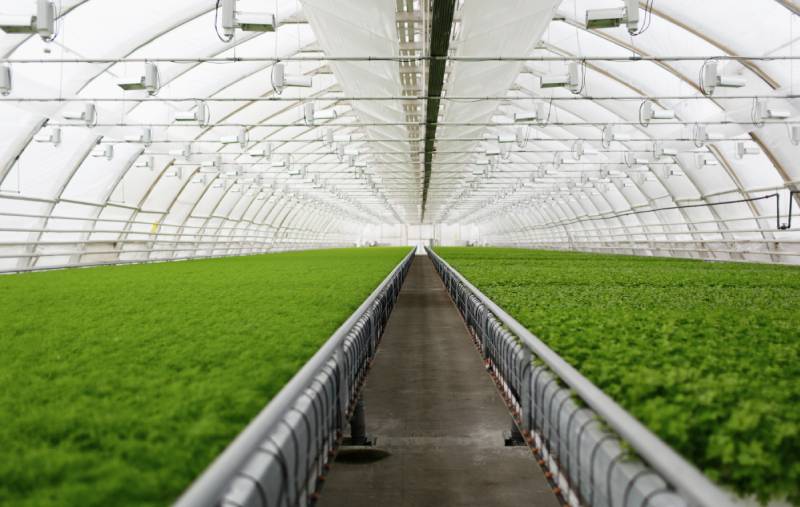What Is Adaptive Reuse Architecture?
What Is Adaptive Reuse Architecture and Why It’s Important
13th December 2022

Adaptive reuse refers to the process of taking an existing structure and updating or adapting it for a new purpose.
Adaptive reuse architecture revitalises historic structures by repurposing them as low-income housing or community centres. Commercial real estate developers are typically in charge of adaptive reuse projects because they have the necessary financial resources and construction expertise to successfully renovate these structures.
Adaptive reuse is a type of historic preservation in areas with historic structures. It preserves culturally significant locations that would otherwise be razed to the ground to make way for new structures.
Builders are mostly forced to choose land farther from a city’s centre when looking for new construction sites because the land inside a city is taken up by older structures or more expensive real estate.
This fuels the process of “urban sprawl,” which refers to the unrestricted expansion of urban areas, which contributes to air pollution and other environmental impacts, such as dangerous traffic, higher infras costs, and social isolation. Adaptive reuse provides an alternative to urban sprawl.
When compared to traditional building projects, adaptive reuse offers several significant financial benefits and cost savings. Overall, adaptive reuse consumes more labour than building materials, and while material costs have skyrocketed in recent decades, labour costs have only increased slightly. Adaptive reuse also eliminates all demolition costs, which are frequently costly and consume a significant portion of a construction budget.
Building a new structure typically takes much longer than refurbishing an existing structure. Many spaces in an old building may be habitable after only minor refurbishment, so owners can open parts of the building for business even if the project is still ongoing.
People enjoy the historical preservation of significant buildings in their neighbourhood as well as the creation of new unique landmarks through creative adaptive reuse projects. If you’re a commercial builder, reusing an older structure can be an important factor in attracting customers to your establishment, whether it’s a restaurant, an apartment complex, or a shopping mall.
Existing buildings can be used to combat climate change. Buildings are examples of ’embodied carbon.’ Keeping and using existing buildings prevents the release of massive amounts of greenhouse gases, which are caused by the unnecessary demolition and replacement of existing buildings. Retrofitting existing buildings to meet high-performance standards is the most effective strategy for reducing near- and mid-term carbon emissions, and it is the most critical step toward limiting climate disruption.”
An adaptive reuse or restoration project can also be a great opportunity to improve the energy efficiency of a building, or to perform what many industry professionals refer to as a “deep energy retrofit” – a significant method of energy conservation.
RECOMMENDED

Welcome to the captivating realm of symbiotic farms, where nature's harmony and sustainable practices intertwine....

In India's pursuit of a greener future, the Indian Green Building Council (IGBC) has established rigorous standards for sustainable buildings. ...

Chennai, a vibrant coastal city in India, has been grappling with recurring flood events during cyclonic storms. ...